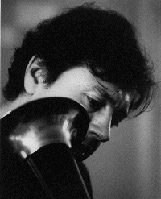Steve Dietz:
is a serial platform creator. He is the former Curator of New Media at the Walker Art Center in Minneapolis, MN, Founder and Artistic Director of Northern Lights.mn., Founding Director of the biennial 01SJ Global Festival of Art on the Edge and Artistic Director of its producing organization, ZERO1: the Art and Technology Network. He speaks and writes extensively about new media and is currently guest editing Public At Review on the topic of Public Art 2.0 Media, Technology and Community in the Interactive City.
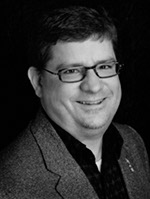
Amanda McDonald Crowley:
is Executive Director of Eyebeam art and technology center in New York City. She is a cultural worker, curator and facilitator who specialises in creating new media and contemporary art events and programs that encourage cross-disciplinary practice, collaboration and exchange. She moved to New York in October 2005, relocating from her native Australia where she had been based while working nationally and throughout Europe and Asia. She served as the Executive Producer of the 2004 International Symposium of Electronic Art (ISEA2004), developing the event from concept to major conferences, exhibitions, performances, concerts and site specific installations on a ferry in the Baltic Sea and locations in Estonia and Finland. She was Associate Director for Adelaide Festival 2002 where she was also Chair of the working group that curated the exhibition and symposium 'conVerge: where art and science meet'. From 1995 to 2000 McDonald Crowley was Director of theAustralian Network for Art and Technology (ANAT), an organization with a national brief to foster links between the arts, sciences and new technology.

Norah Zuniga Shaw:
is an artist and researcher whose work centers on choreographic knowledge as a locus for interdisciplinary and intercultural creativity. She is director for dance & technology at the Advanced Computing Center for the Arts and Design. Shaw's most recent project with William Forsythe and Maria Palazzi,Synchronous Objects, has received numerous honors including features in the New York Times and Communication Arts.
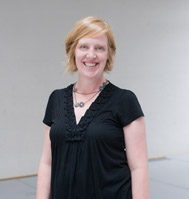
Paul Kaiser:
is a digital artist, writer and member of the OpenEnded Group, an artists’ cooperative that creates diverse works spanning dance, music, installation, film, and public art. Outside collaborators have included Robert Wilson, Merce Cunningham, Bill T. Jones, Trisha Brown, and Wayne McGregor. Kaiser received the John Cage Award from the Foundation for Contemporary Arts (2008); a Media Arts Fellowship from the Rockefeller Foundation (2006); a Guggenheim Fellowship (1995); and a ComputerWorld/Smithsonian Award (1992).
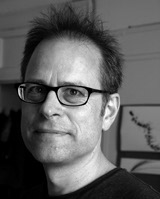
Robert Zwijnenberg:
is professor of art history in relation to the development of science and technology at Universiteit Leiden, NL. He has published on Renaissance culture and art theory, philosophy of art, and on the relation between the arts and sciences. Zwijnenberg is one of the founding directors of The Arts and Genomics Centre, an organization that initiates collaborations and exchanges between international artists, genomics researchers, and professionals from business and government (www.artsgenomics.org). He is the author of The Writings and Drawings of Leonardo da Vinci. Order and Chaos in Early Modern Thought.
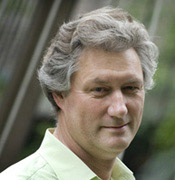
Timothy Weaver:
is a new media artist and former life scientist whose concerted objective has been to contribute to the restoration of ecological memory through a process of speculative inquiry at the intersection of art and technology. Timothy's research areas include: biomedia, biomimetics, live cinema, immersive environments, sustainable design, ecosemiotics and media ecologies. Weaver is an Associate Professor of eMAD and Digital Media Studies in the School of Art and Art History at the University of Denver.
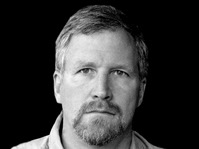
David Dunn:
is a composer and pioneer in the fields of acoustic ecology, bioacoustics, interspecies communication, and scientific sonification. His investigations include the interrelationship between music and language and the ultrasonic world beyond human hearing. His mentors include composers Kenneth Gaburo, Pauline Oliveros and Harry Partch. Dunn was active as a performer in the Partch ensemble for over a decade. Underlying all his work is a common regard for music as a communicative source with a living world.
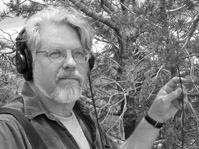
Paul DeMarinis:
has been working as an electronic media artist since 1971 and has created numerous performance works, sound and computer installations and interactive electronic inventions. One of the first artists to use computers in performance, he has performed internationally, at The Kitchen, Festival d'Automne a Paris, Het Apollohuis in Holland and at Ars Electronica in Linz and created music for Merce Cunningham Dance Co. Much of his recent work deals with the areas of overlap between human communication and technology. He is currently Associate Professor of Art at Stanford University in California.
